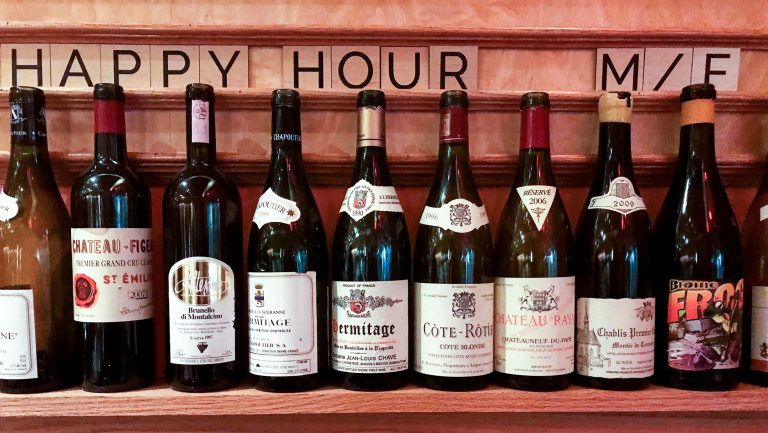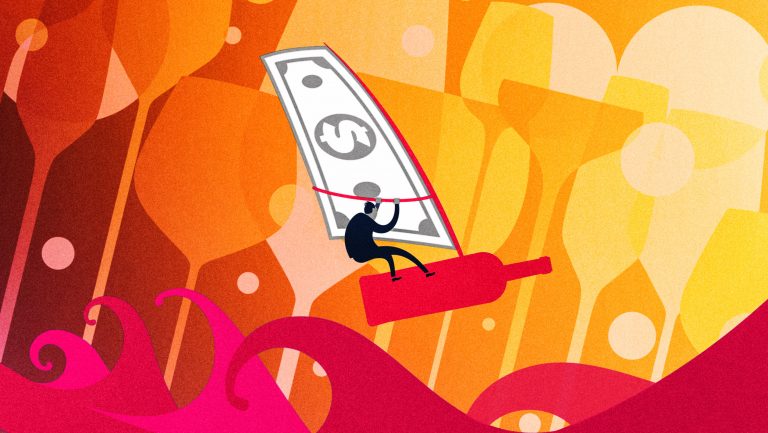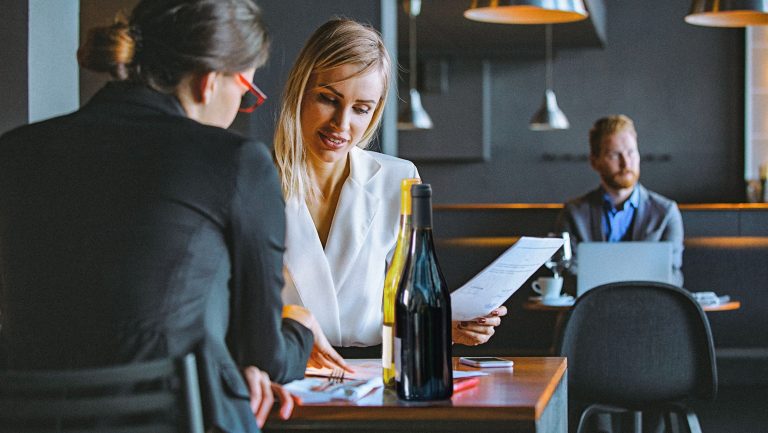Being diminutive in size, half bottles of wine often elicit responses from guests about how “cute” they are, but 375-milliliter bottles have the potential to offer a lot more than novelty appeal to beverage programs. These smaller formats can benefit restaurants and wine bars in a number of ways, including boosting sales and providing more opportunities to taste through the wine program. SevenFifty Daily spoke with several sommeliers across the country about how they’re using half bottles to enhance their beverage programs.
David Lombardo, the wine and beverage director of Benchmarc Restaurants in New York City, says that when Benchmarc opened its Landmarc location in the city’s Tribeca neighborhood in 2004, he wanted a wine menu that was as easy and accessible as the neighborhoody vibe the restaurant aspired to create. His strategy was to focus on half bottles, which in his estimation not only offered guests the opportunity to taste something new but always guaranteed a fresh bottle, which, he points out, is an important priority for the hospitality-driven establishment.
Lombardo admits that he took a bit of a gamble on his pricing, but it paid off. “At the time, we were doing an extremely low markup—pretty much wine shop prices,” he says. “We had a half bottle of El Coto Rioja for nine bucks on the list. The idea was, we’d make up the difference … in volume, which we did.” The program proved so successful that the restaurant gained a reputation for its atypical offerings, and Lombardo was soon able to persuade producers to bottle 375-milliliter offerings especially for Landmarc.

Don’t miss the latest drinks industry news and insights. Sign up for our award-winning newsletters and get insider intel, resources, and trends delivered to your inbox every week.
Over the years, Lombardo has had to raise prices, as he puts it, “somewhere between [retail] and traditional New York City restaurants” to support overall operational costs. He’s had to reduce the number of half-bottle selections—from 100 offerings to about 30—but he keeps his focus on the kind of half bottle that he calls “a great value and a great price,” such as the Bergström Pinot Noir, which Landmarc sells for $42.
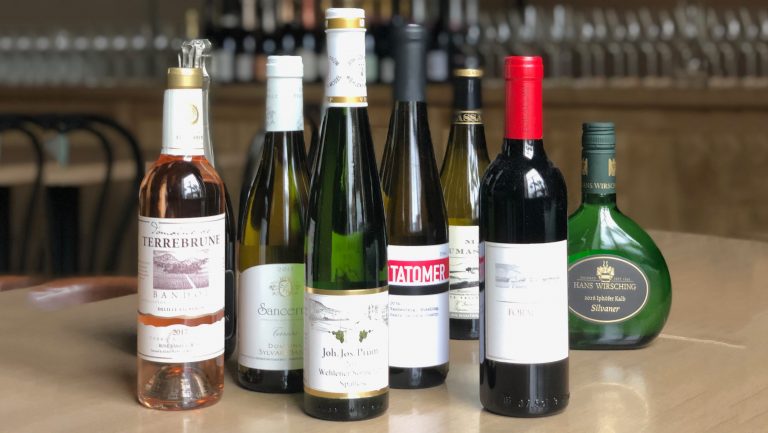
Driving Sales
Ferdinando Mucerino, the wine manager and sommelier at Rustic Canyon in Santa Monica, California, describes his selection of 375-milliliter wines as an index of his wine list, saying, “It’s basically a short representation of everything I have in full bottles.” The selection includes an array of “older wines and wines that are a little bit esoteric”; the half bottles, he says, “offer options.”
Mucerino also points out that while some guests prefer to move from bottle to bottle, sampling a variety of wines, others, like designated drivers in the car-heavy region, appreciate being able to sip something interesting without having to order a whole 750-milliliter bottle. In some cases, the wine list’s ability to provide just a little more can help stretch the bill. Guests at Rustic Canyon, says Mucerino, “may get a [full-sized bottle] and then order a half bottle to get that extra glass.”
The enthusiasm for half bottles can also translate to longer-term sales that extend to full bottles. Lombardo recalls a time when he carried Sauvignon Blanc and Pinot Noir from Merry Edwards on his 375-milliliter list and ended up adding 750-milliliter bottles to meet demand. “The $42 sale for a half bottle,” he says, “goes up to $84 [for a full bottle].”
Enhancing the Guest Experience
Haley Fortier, the owner of the wine bars haley.henry and nathálie in Boston, has cultivated a loyal following of curious imbibers by doing something outside the norm with half bottles in her wine program. With haley.henry, says Fortier, “we were one of the first real small-production, natural wine bars in the city. In order for people to get comfortable with drinking something they might not have ever drunk before—or to even try natural wine—it was really important to give them a chance to do that and drink through the menu.”
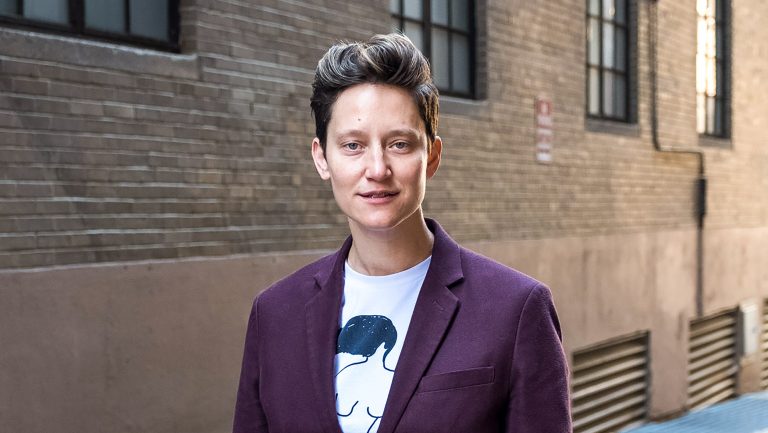
Fortier decided that haley.henry’s staff was going to open every full bottle on the bar’s list as long as the guest—or guests—ordering the bottle committed to two glasses of it, which is, she says, “in our eyes a half bottle.” The leftovers are sold by the glass on the constantly rotating BTG menu. “We found that [guests] literally just go from one bottle to the next to the next,” she says. “They’re so excited about trying different things, and I think we’re considered more of a half-bottle bar than we are a glass-pour bar.” The concept proved so popular, Fortier re-created it at her second establishment, nathálie.
While natural wines are less common in the 375-milliliter format, Fortier says that wasn’t the deciding factor that led her to strategize her wine list around half the contents of 750-milliliter bottles. “The real reason I decided to do the ‘half bottle’ program was to open up the options for our customers—to give them a variety of things to choose from,” she says. “When someone orders half of a bottle, the [other half] is then available for everyone else to enjoy, so the options at all times are limitless.”
Two of the biggest benefits of including half bottles on a wine list, say sommeliers, are the flexibility that the 375-milliliter format offers for pairing wines with different courses, and the ability of the servers to offer an option that extends beyond the BTG list. Marianna Caldwell, the assistant general manager and the sommelier at Cassia in Santa Monica, also says that 375-milliliter bottles can tap into the emotional experience of a pairing dinner. For example, for Valentine’s Day, she plans to offer three different half bottles to complement the three-course menu. She notes that there’s something “disconnected” about a couple needing to buy two separate pairings for a celebratory meal, “whereas a couple sharing a half bottle gets to share that experience of the wine flight together with the food,” she says. “It’s more collaborative.”
Making It Work
Staff education is key to the success of a half-bottle program, says Fortier. “We honestly have been really lucky [with no waste],” she says. She attributes the fact that all of the wines that are opened at her wine bars are consumed to her team’s confidence in selling and their ability to “get people onboard with trying new stuff.”
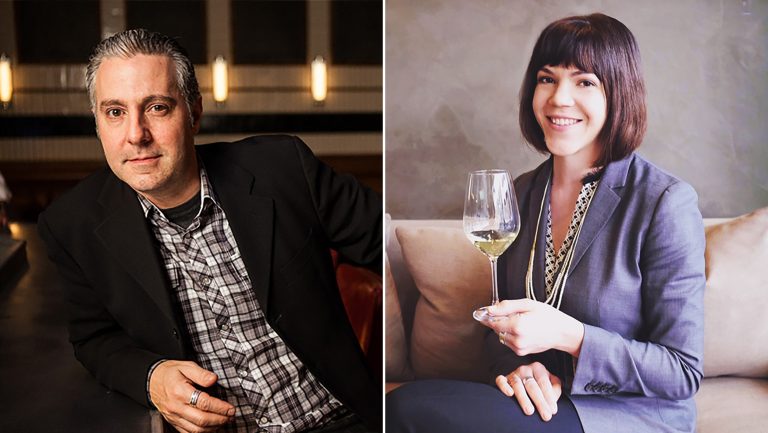
Lombardo agrees with the idea that education is a crucial element. Citing his example of the Merry Edwards wines, he attributes Landmarc’s success to the staff’s enthusiasm for the half-bottle program—“Your bartenders and your servers are the ones you want behind [the wine].”
But as far as alternative bottle formats go, does the 375-milliliter bottle make a bigger impact than the mighty magnum?
Caldwell says that while larger formats like magnums make quite the impression when they appear on a table, the half bottle also makes an impression. “It’s just a different impression,” she says. “People look at it and smile.”

Dispatch
Sign up for our award-winning newsletter
Don’t miss the latest drinks industry news and insights—delivered to your inbox every week.
Shana Clarke is a wine, sake, and travel writer, and the author of 150 Vineyards You Need To Visit Before You Die. Her work has appeared in Saveur, Fortune, NPR, Wine Enthusiast, and Hemispheres. She was shortlisted for the Louis Roederer 2020 International Wine Writers’ Awards and ranked one of the “Top 20 U.S. Wine Writers That Wineries Can Work With” by Beverage Trade Network in 2021. She holds a Level 3 Advanced Certificate from Wine & Spirit Education Trust and is a Certified Sake Sommelier. She will always say yes to a glass of Champagne. Learn more at www.shanaspeakswine.com and follow her @shanaspeakswine.



